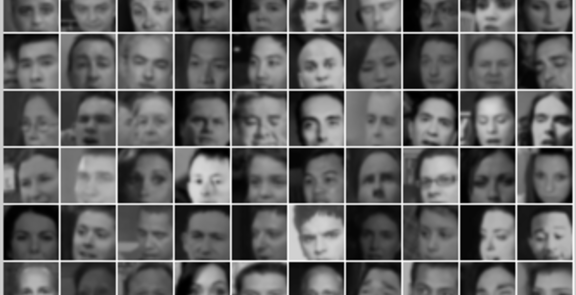Emergence of Object-Selective Features in Unsupervised Feature Learning

Recent work in unsupervised feature learning has focused on the goal of discovering high-level features from unlabeled images. Much progress has been made in this direction, but in most cases it is still standard to use a large amount of labeled data in order to construct detectors sensitive to object classes or other complex patterns in the data. In this paper, we aim to test the hypothesis that unsupervised feature learning methods, provided with only unlabeled data, can learn high-level, invariant features that are sensitive to commonly-occurring objects. Though a handful of prior results suggest that this is possible when each object class accounts for a large fraction of the data (as in many labeled datasets), it is unclear whether something similar can be accomplished when dealing with completely unlabeled data. A major obstacle to this test, however, is scale: we cannot expect to succeed with small datasets or with small numbers of learned features. Here, we propose a large-scale feature learning system that enables us to carry out this experiment, learning 150,000 features from tens of millions of unlabeled images. Based on two scalable clustering algorithms (K-means and agglomerative clustering), we find that our simple system can discover features sensitive to a commonly occurring object class (human faces) and can also combine these into detectors invariant to significant global distortions like large translations and scale.